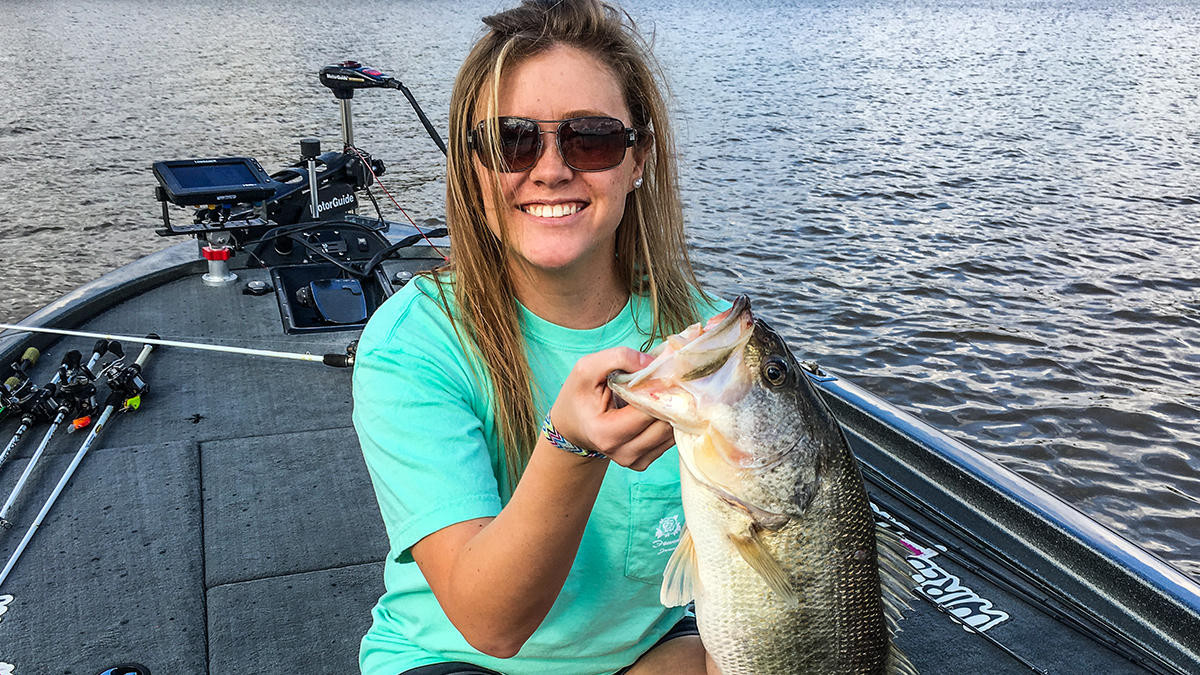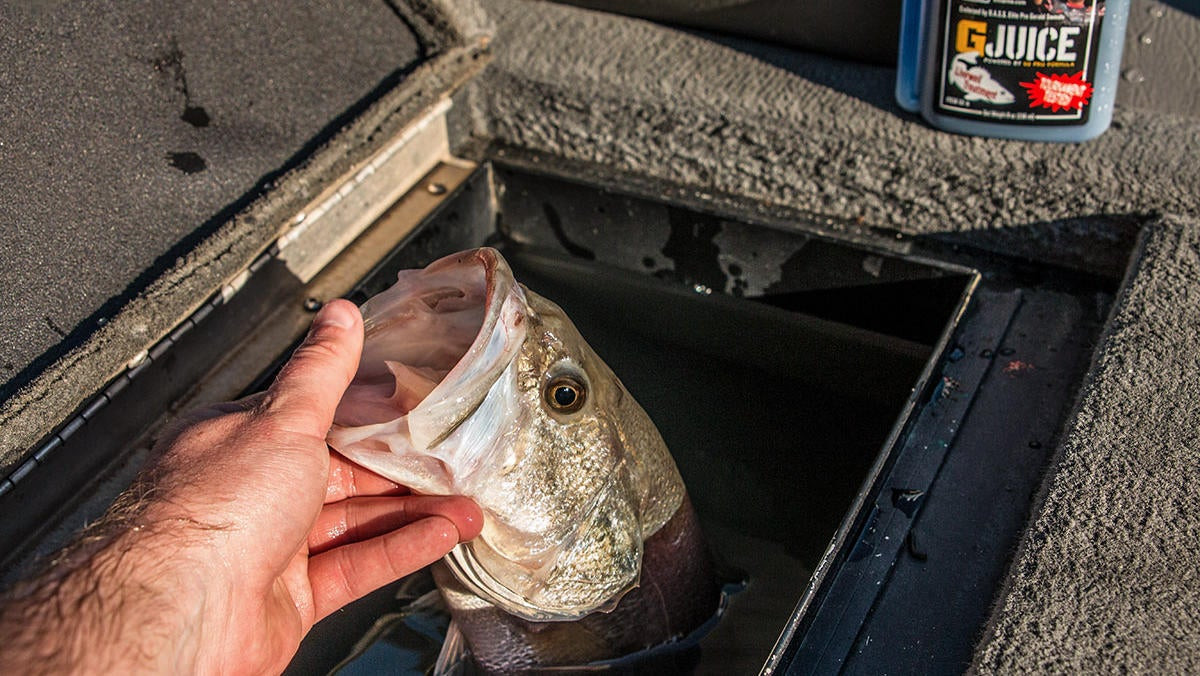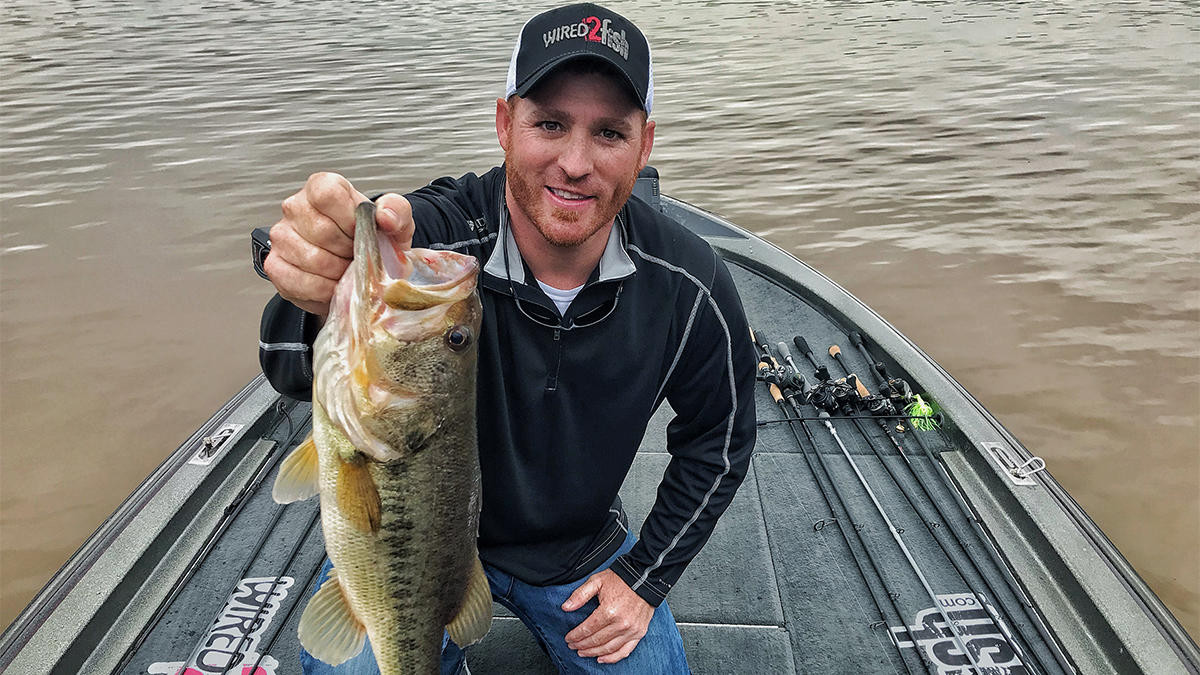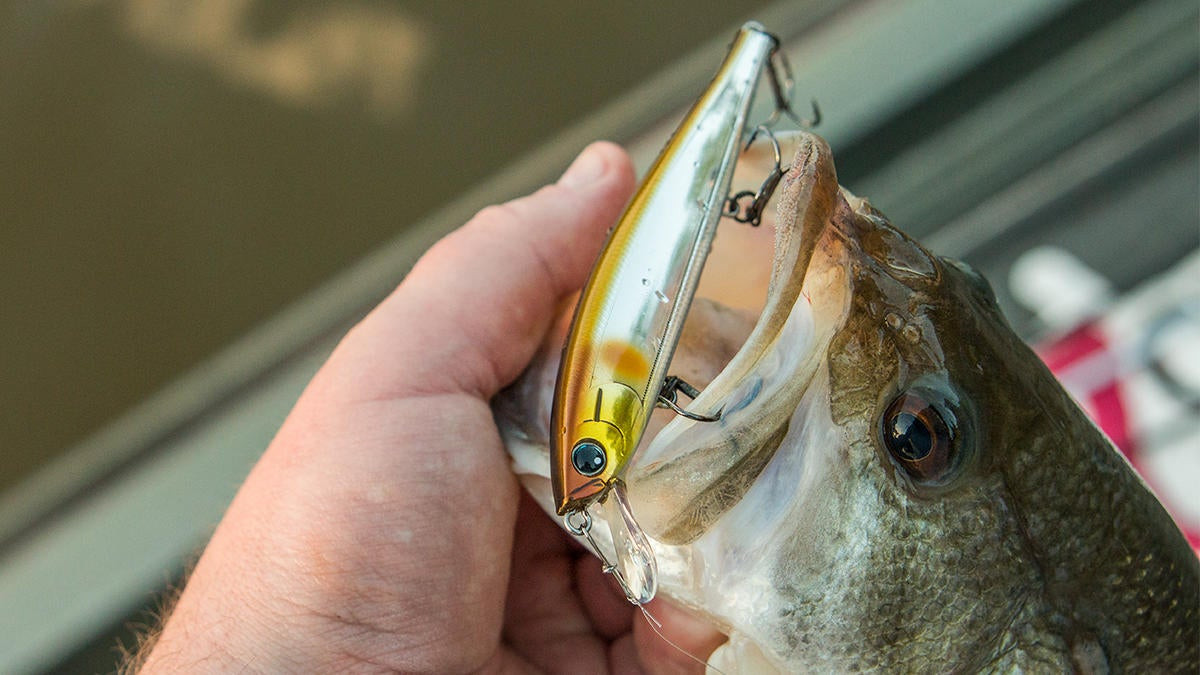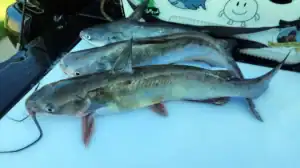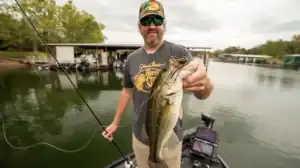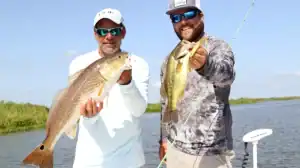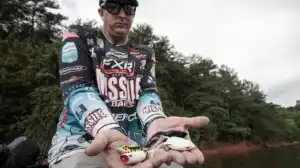Winter bass fishing is tough enough. The fish aren’t very active, it’s nasty outside and it’s pretty dang tough to get bites most of the time. It’s even tougher, however, when you’re on the back deck of your buddy’s boat. They’re getting the first shot at all of the good-looking cover and you’re just kind of stuck back there waiting for your turn.
You can use this to your advantage, however. With lots of the spring team tournament trails starting up, I wanted to put an article together outlining some different ways to maximize your effectiveness as a co-angler. Whether you’re fishing a team tournament or just looking to earn bragging rights with your best fishing buddy, try a few of these things and I’m willing to bet you’ll have better luck.
As a little “disclaimer”, I have learned a good many of these things from my wife. She is a heck of an angler and a terror on the back deck. She has caught a bunch of big bass with me over the years, so I want to give her credit on this article.
Repeated casts are huge
We’ve talked about repeated casts a lot in prior articles but they’re even more important when you’re a co-angler. Like I mentioned earlier, it can be pretty frustrating from the back deck. Sometimes you’re stuck in the middle of nowhere while your buddy is getting all sorts of great casting angles on the juice. While you’re waiting for your next good casting angle, however, it’s important to remember the importance of repeated casts.
Winter bass tend to get pretty tight to cover, especially with all of the rains and muddy water. This makes ’em fairly predictable to locate but they’re still tough to catch due to the cold water and their slowed metabolism. I’ve learned through the years, however, that you can make these bass bite but it’s not out of hunger. You essentially have to tick them off enough to swat at your lure.
So if your buddy is flipping a dock or something, pick up a moving bait (crankbait, spinnerbait or ChatterBait) and run it down the outside edge of the dock several times in a row. If you don’t get a bite for the first few casts, don’t be discouraged. There could very well be a 5-pounder sitting on one of those dock posts just watching your lure buzz by its face. Sometimes it can take 8 or 10 casts to irritate that fish enough to make it bite.
I’d honestly say that the majority of my biggest bass have been caught as a result of this stubborn approach. Of course, it’s not guaranteed on every single piece of cover, but if your gut is telling you there’s a fish on a certain piece of cover, you need to listen to it. Your gut will rarely lead you astray in bass fishing.
Buzzbaits in cold water? Darn right.
I’m always pretty amazed to see how little buzzbaits are utilized throughout the year. Lots of anglers only reach for them for a few months of the year and then they’re stuffed in a tackle tray and forgotten about for months on end. If you’re going to be a co-angler this winter and early spring, I strongly suggest getting a few buzzbaits and having them rigged and ready to go.
There was a guy on a lake in this state (I’m not going to get too specific because I know him) who went on an absolute tear the past two winters. The water temperatures were in the low to mid 40s and the fishing absolutely stunk… for everyone except him. Come to find out, this joker was throwing a black buzzbait to catch his fish and dominate all of the tournaments. His dang fingers would be frozen and his nose would be numb and he’d be out there throwing a buzzbait.
Now, it’s important to understand that he didn’t get a bunch of bites. If he was lucky, he’d get six or seven bites during tournament hours. But man, if you find yourself on the back deck without having much luck, don’t be afraid to pick up that buzzbait in cold water. I can almost guarantee your boater won’t be targeting the top section of the water column, so this tactic gives you the ability to make a totally different presentation and target a different population of bass.
I have tried this over the past few years and I can tell you with confidence, you’ll get some big bites. The trick is to not get lulled into “robot mode” while you’re fishing that buzzbait in cold water. You’ll go an hour or two without a bite before ol’ Sally rears her head and just about makes you wet your pants. So it’s important to stay focus if you want to try this.
Keep a jerkbait rigged and you just might outfish your boater
I’ll admit that I absolutely despised fishing a jerkbait until a few years ago. I didn’t like the feel of it, I didn’t like the sound of it, I didn’t like the sore elbow and most of all, I didn’t like how my buddies would kick my butt with it. I have been scorched by co-anglers throwing jerkbaits more times than I care to count. Finally, this stubborn redneck got it through his thick melon that there might be something to it. So I made myself start throwing it and good gosh did I catch a bunch more fish. It seemed like almost every time I picked the dang thing up I’d get a bite within a few minutes.
I think a lot of boaters tend to fish too fast. I don’t think it’s necessarily done on purpose, but when you have a powerful trolling motor and a thousand different things you want to fish throughout the day, it’s easy to get carried away and just move too quickly. So as they’re skirting around docks, trees and stumps with fast-moving baits trying to cover as much water as possible, you can be behind them doing the ol’ jerk-and-pause and getting a bunch of bites.
Don’t overthink your jerkbait selection, either. I just had this conversation the other day with a buddy who’s just getting into tournament fishing. Keep it simple. Go with something shiny in the sunshine and something matte-colored (white) in cloudy weather. You are going to get a bunch of bites if you committ to the jerkbait as a co-angler. Put it on a medium-action casting rod with 10- or 12-pound test and hang on tight.
Take that weight peg off your Texas rig
I’m not going to type a long diatribe about the effectiveness of a Texas rig. That’s boring and everyone knows it gets bites all year long. I will suggest, however, that you remove the weight peg from your lightweight Texas rig. I know pegging ’em is all the rage in recent years, but you’re going to get more bites from the back deck if you let your tungsten weight freely slide up and down your line.
When you do this, you’re likely showing the bass a very different look than your boater is. With an unpegged weight, your weight will actually hit the bottom first before your soft plastic slowly catches up with it. This can work wonderfully, especially when you’re targeting cold-water bass. Instead of your soft plastic dropping to the bottom like a rock, this allows it to slow a bit faller and in a less abrupt and threatening manner.
I keep this rig pretty simple. I like to use a Zoom Zlinky, Zoom Ultravibe Speed Worm or X Zone Adrenaline Bug with an 1/8-ounce tungsten weight on 15-pound fluorocarbon. An all-purpose medium-heavy casting rod will do just fine as well. Don’t be afraid to make the same casts as your boater when you’re using this technique, either. While I would normally advise against that, this finesse-type Texas rig can do some serious damage fished behind someone who’s using a more power-fishing technique.
As I mentioned earlier, being a co-angler can be frustrating. Personally speaking, it drives me nuts not being able to be in control of things. But as I’ve gotten older and honestly, probably a little more mature, I’ve been able to relax a little more and just enjoy the time fishing and cutting up with my buddies. The tips we discussed will absolutely help you catch more bass but take it from a stubborn redneck… you have to stay patient for any of this to work. Don’t get down in the floor of the boat and start constantly retying everything and getting spun out. Have confidence in yourself and in these tactics and you’re going to become a better co-angler.
